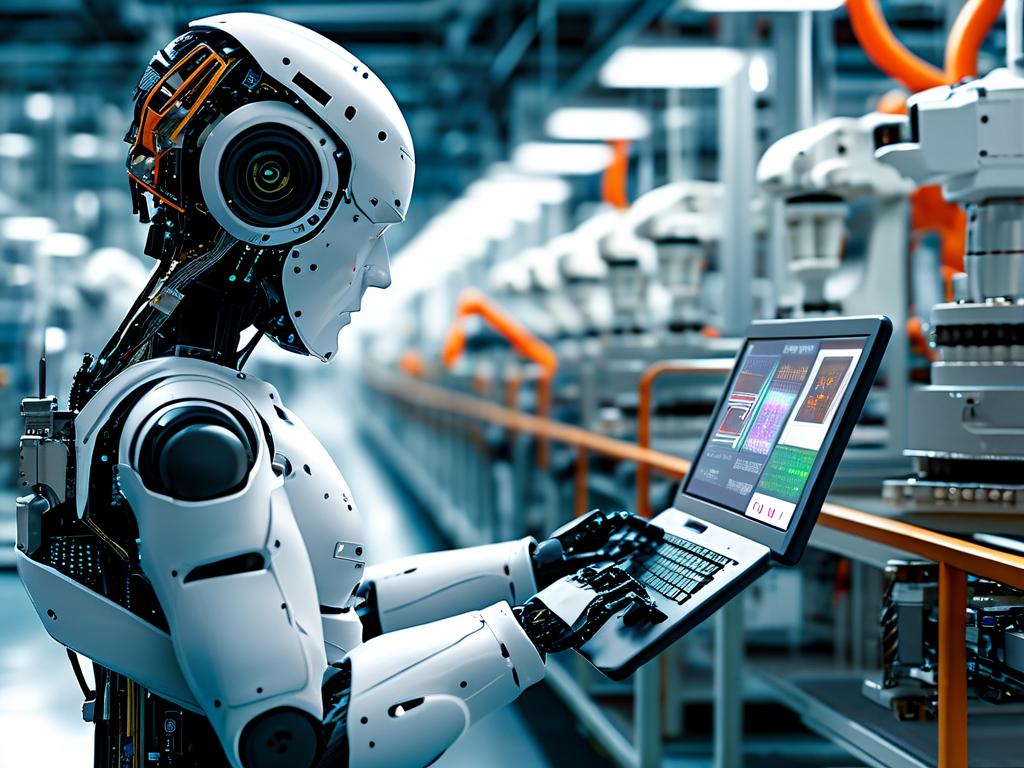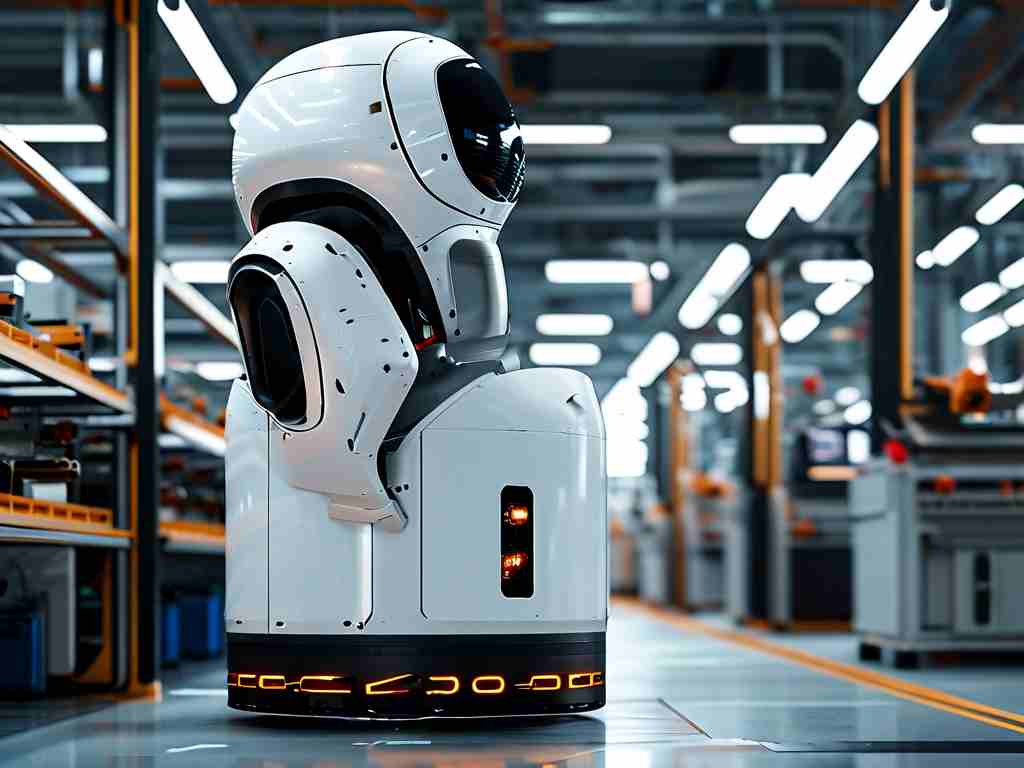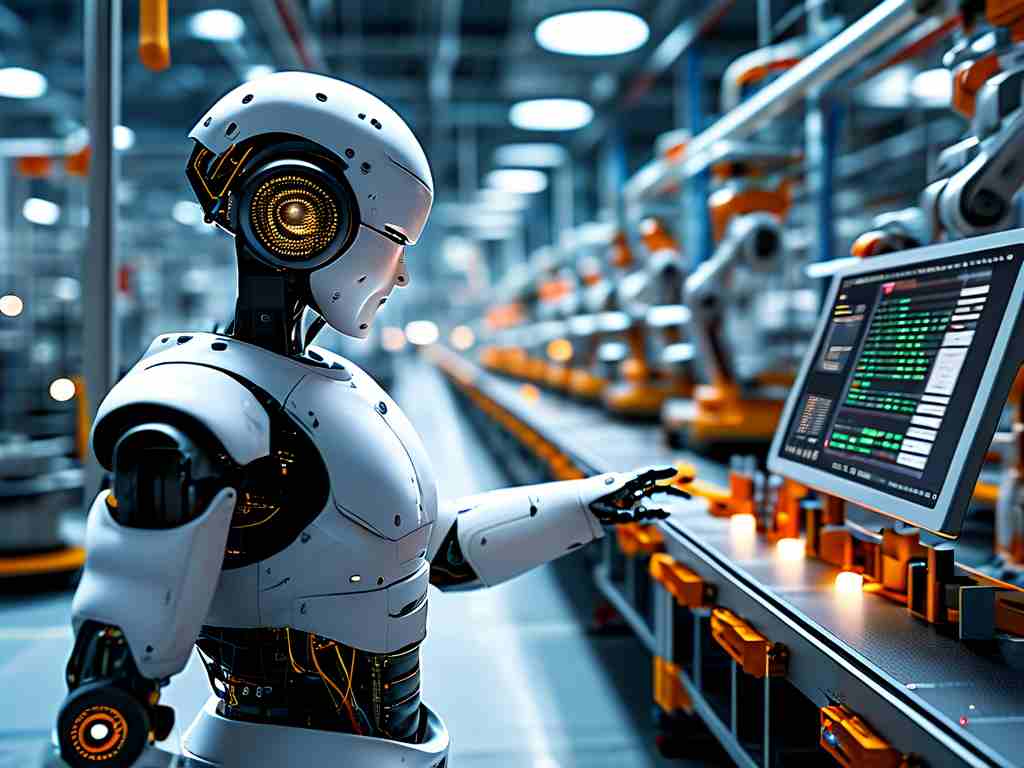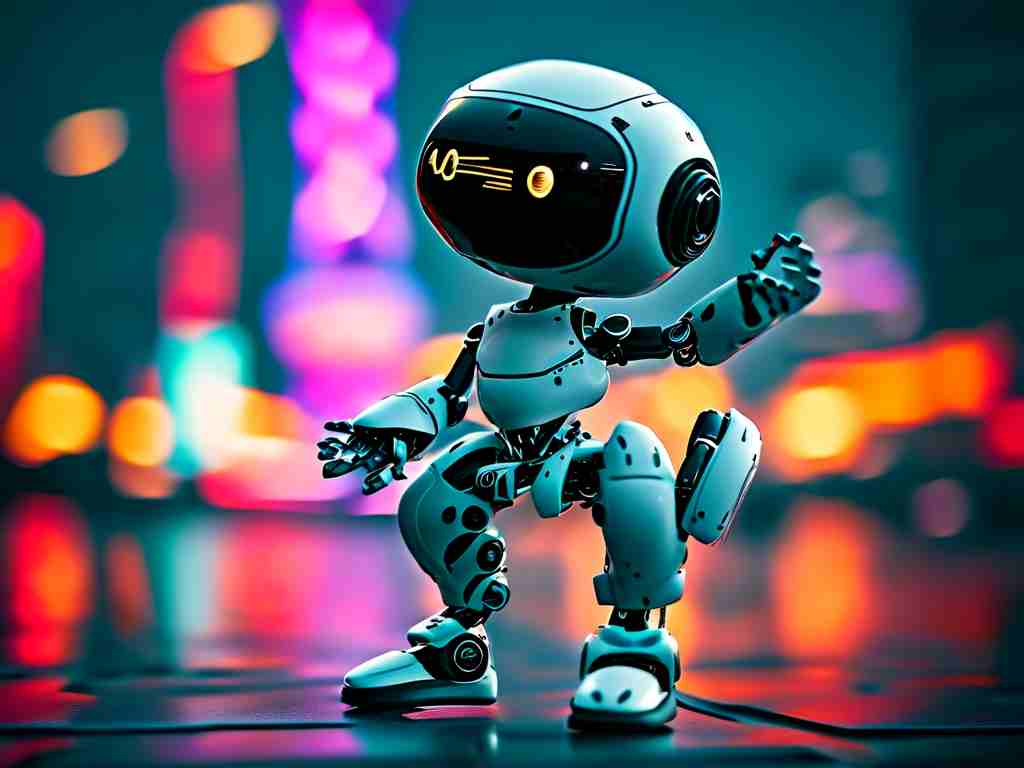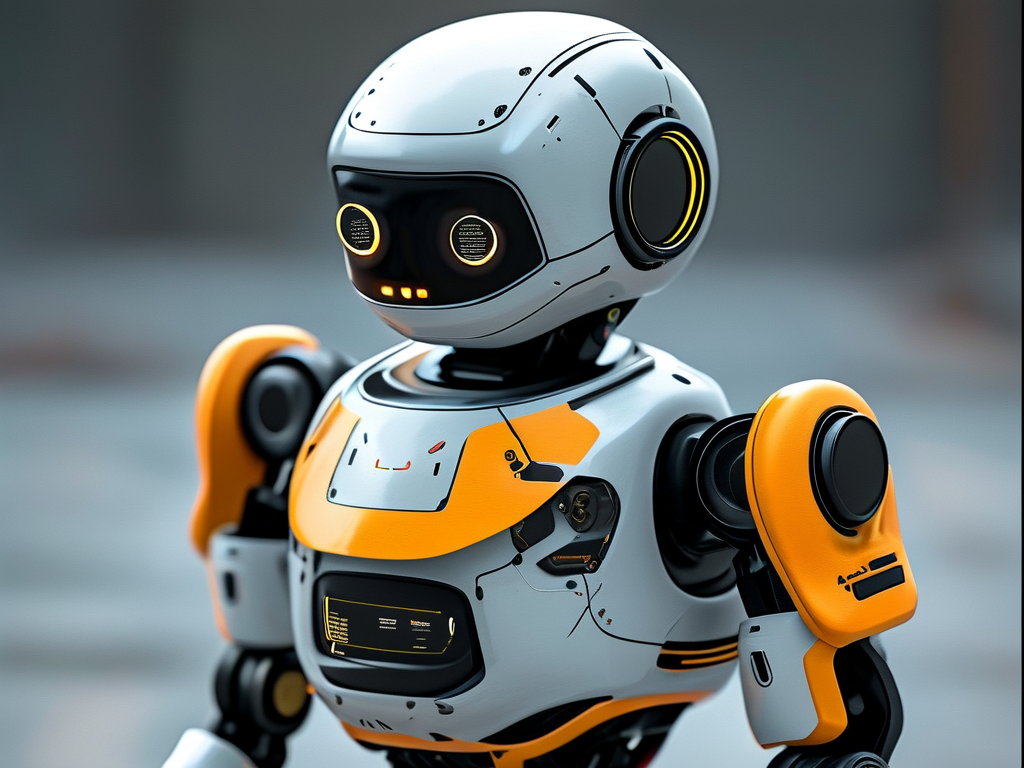The field of robotics has undergone transformative changes over the past decade, driven by breakthroughs in artificial intelligence (AI), materials science, and computational power. Today, robots are no longer confined to factory assembly lines but have permeated industries ranging from healthcare to agriculture, reshaping how humans interact with technology. This article analyzes the current state of robotics, exploring its technological advancements, persistent challenges, and future trajectories.
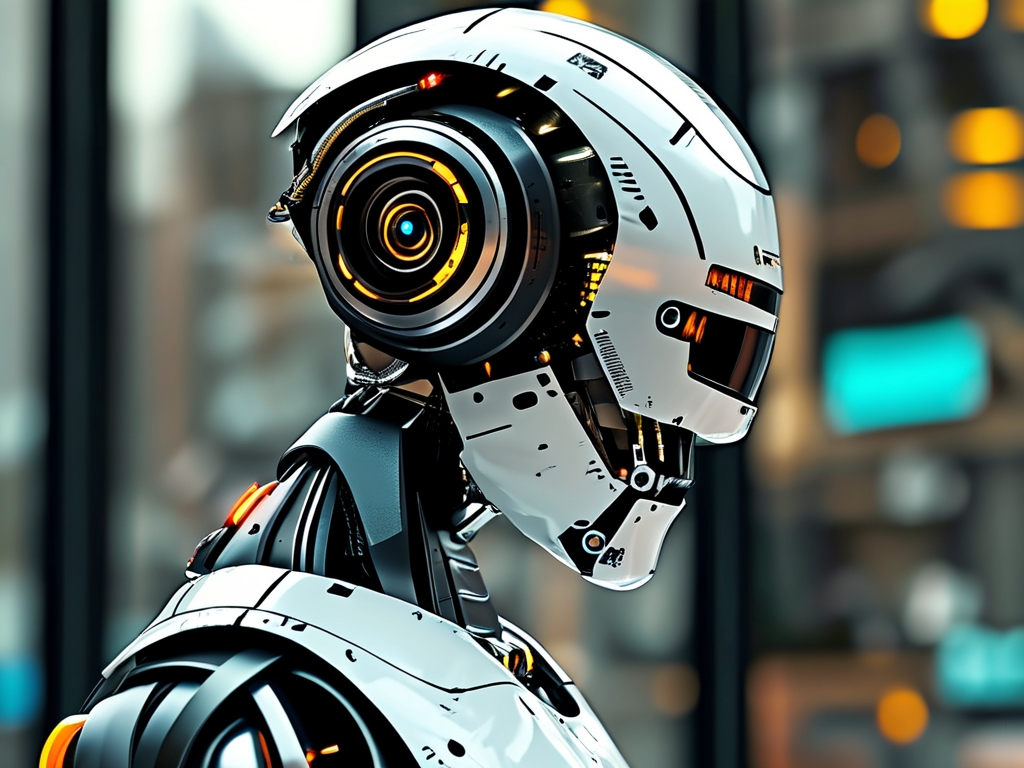
Technological Advancements
-
AI-Driven Autonomy: Modern robots leverage machine learning algorithms to perform complex tasks with minimal human intervention. Autonomous drones, for instance, now navigate dynamic environments using real-time data processing and computer vision. Companies like Boston Dynamics have demonstrated humanoid robots capable of adaptive locomotion, while self-driving cars from Tesla and Waymo rely on neural networks to interpret sensory inputs.
-
Collaborative Robotics (Cobots): Unlike traditional industrial robots, cobots are designed to work alongside humans. Equipped with force-sensitive sensors, they enhance productivity in manufacturing by assisting with precision tasks like welding or packaging. ABB’s YuMi and Universal Robots’ UR series exemplify this trend, reducing workplace injuries and operational costs.
-
Soft Robotics: Innovations in flexible materials have birthed soft robots that mimic biological organisms. These robots excel in delicate environments, such as medical surgeries or underwater exploration. For example, Harvard’s Octobot uses pneumatic channels to move without rigid components, enabling safer interactions with human tissues.
-
Swarm Robotics: Inspired by insect colonies, swarm robotics involves coordinating large groups of simple robots to achieve collective goals. Applications include disaster response (e.g., searching rubble for survivors) and agricultural monitoring (e.g., pollinating crops autonomously).
Industry-Specific Applications
- Healthcare: Surgical robots like the da Vinci System enable minimally invasive procedures with sub-millimeter precision. Rehabilitation robots, such as exoskeletons, assist patients with mobility impairments. During the COVID-19 pandemic, disinfection robots like UVD Robots gained prominence in hospitals.
- Agriculture: Autonomous tractors and harvesters optimize crop yields, while drone-based systems monitor soil health and pesticide distribution.
- Logistics: Amazon’s warehouse robots streamline order fulfillment, and delivery drones are being tested by companies like Wing (Alphabet) and Zipline.
Persistent Challenges
- Technical Limitations: Despite progress, robots struggle with tasks requiring nuanced human skills, such as emotional interpretation or creative problem-solving. Battery life and energy efficiency remain bottlenecks for mobile robots.
- Ethical and Social Concerns: The displacement of human workers by automation sparks debates about job loss and economic inequality. Additionally, AI bias in decision-making algorithms raises accountability issues.
- Regulatory Hurdles: Governments lag in establishing safety standards for autonomous systems. For instance, the lack of unified regulations for self-driving cars complicates their widespread adoption.
- Security Risks: Connected robots are vulnerable to cyberattacks, potentially leading to data breaches or physical harm in critical infrastructure.
The Road Ahead
- Human-Robot Collaboration: Future systems will emphasize symbiotic relationships between humans and robots. For example, AI-powered assistive devices could augment human capabilities in physically demanding jobs.
- Edge AI Integration: Deploying AI directly on robots (edge computing) will reduce latency and enhance real-time decision-making, crucial for applications like autonomous vehicles.
- Ethical Frameworks: Policymakers must collaborate with technologists to draft regulations addressing privacy, employment, and AI transparency. Initiatives like the EU’s AI Act are early steps in this direction.
- Sustainability Focus: Robotics will play a pivotal role in combating climate change—think ocean-cleaning drones or robots optimizing renewable energy infrastructure.
The current state of robotics reflects a blend of unprecedented innovation and unresolved complexities. While advancements in AI and materials science have unlocked new possibilities, societal acceptance and regulatory frameworks must evolve to harness robotics’ full potential. As the line between human and machine continues to blur, the next decade will define whether robotics becomes a force for equitable progress or a source of unintended consequences.


